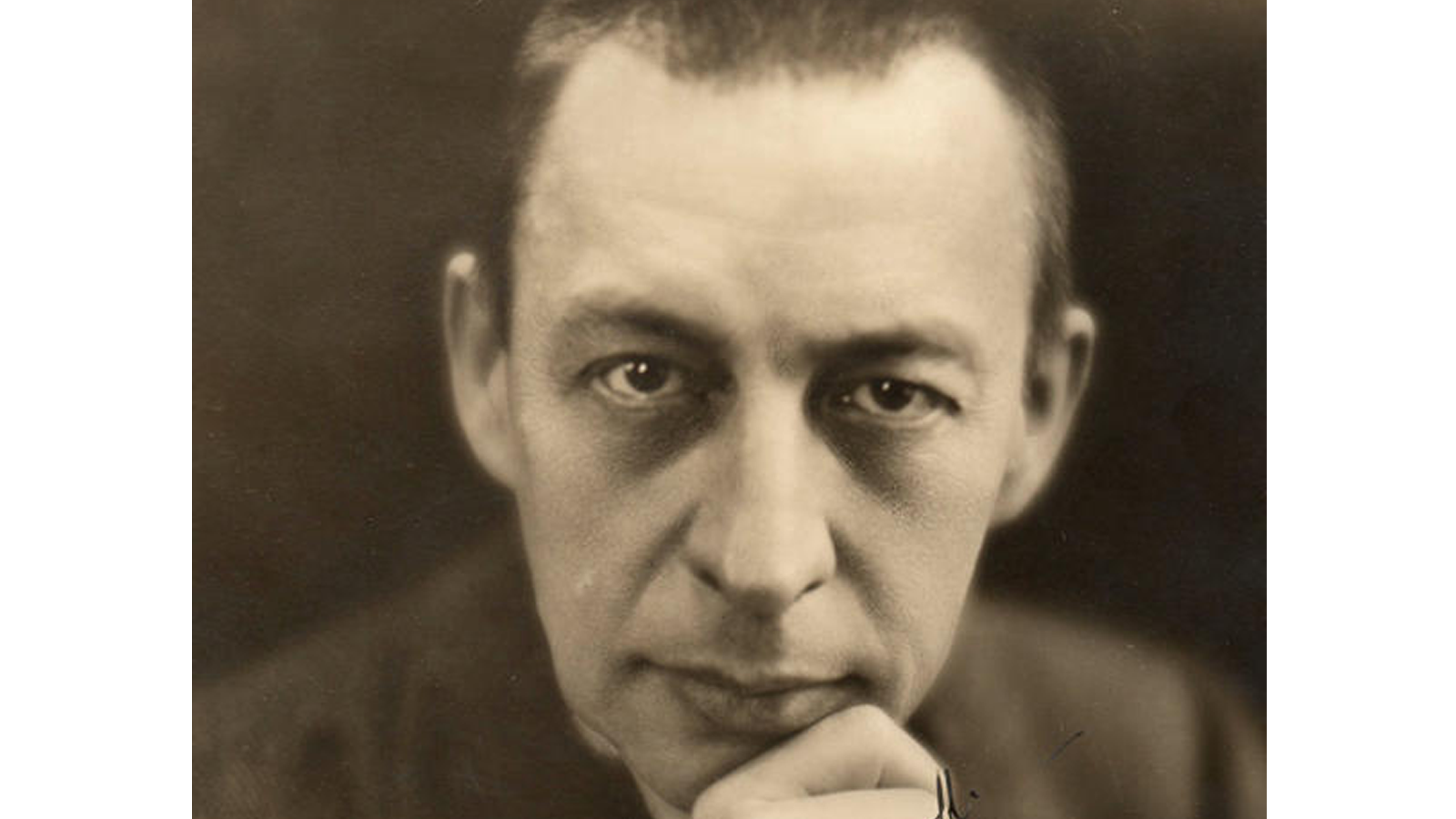
No. 14
Rachmaninov: Piano Concerto No. 2

Sergei Rachmaninoff’s family was descended from very old Russian aristocracy, and as a lad of four, Rachmaninoff’s mother placed him on the piano bench. She quickly discovered that her boy had more than the usual talent. By 6 years old Rachmaninoff’s life was defined by his piano playing; there was never any thought that the young Rachmaninoff might actually have to work for a living. As a youngster time off from the piano usually meant a trip to church. The sound of church bells and the chants he heard stayed an integral part of Rachmaninoff’s musical vocabulary until he died. Like most prodigies, Rachmaninoff played the piano as a foregone activity. He did it well, and it seemed to him to be his destiny. As a teenager in love with a neighboring girl, Rachmaninoff fell under the spell of Tchaikovsky’s ardent music. His mother ended the romance, sending him off to live at the St. Petersburg Conservatory. After the premature death of both his sisters, Rachmaninoff fell into a depression. Any subject other than music bored him. He began to compose. Deciding that what he really wanted to do was write music, Rachmaninoff switched to the Moscow Conservatory where his idol Tchaikovsky taught. There he wrote piano pieces including his First Piano Concerto and the infamous Prelude in C-sharp minor which bedeviled him for the rest of his life. He could not sit down at a piano before someone asked to hear the Prelude. It seemed young Rachmaninoff was launched on a successful career, but then Tchaikovsky suddenly died, and his lugubrious Symphony No. 1 was met with open hostility. Without warning his desire to write music ended. Rachmaninoff took jobs as a conductor, but could not concentrate on writing anything. After four years of beating his head against the wall he sought the help of a hypnotist and Analyst, Nikolai Dahl. Rachmaninoff spent every day for three months in therapy in the effort to break through his writer’s block. It proved successful.
In August of 1900, Rachmaninoff started work on a second piano concerto. It came to him quickly, especially the second and third movements. The first movement took a bit longer, but by the spring of 1901, he was able to premier the concerto. It was met with rapturous reviews. It has remained popular ever since. Rachmaninoff’s dour tendencies are still present in the music, but that Slavic gloom is subsumed in a relentless light filled flow of melody. Unembarrassed about his romantic tendencies, Rachmaninoff spent the rest of his life fending off attacks from academicians who claimed that he valued popularity over his responsibility to look to the future of music. Rachmaninoff did not think popularity and seriousness were in opposition to each other. He took no pleasure in knowing that his Piano Concerto No. 2 had been ransacked for the basis of pop songs and that its melodies kept cropping up in movies. He felt it unfair to hold the composer accountable for the commercial uses his music was put to. It was the result of writing not just a good piece of music, but a beloved one. He told one interviewer late in his life that he could think of no better compliment than to have his music compared to Tchaikovsky’s.
Top 40 Countdown
A few years ago the listeners to WNED Classical told us what they thought a TOP 40 list of Classical pieces should be. Six hundred and twenty-two different pieces were put forward, and over nine hundred listeners participated. The result, The WNED Classical Top 40, was both startling and comforting. There were a number of surprises, Stravinsky and Copland made the list; Mendelssohn and Schumann did not! It was comforting to know that the two most popular composers were Beethoven and J.S. Bach. The biggest surprise of all was the piece that crowned the list as No. 1.